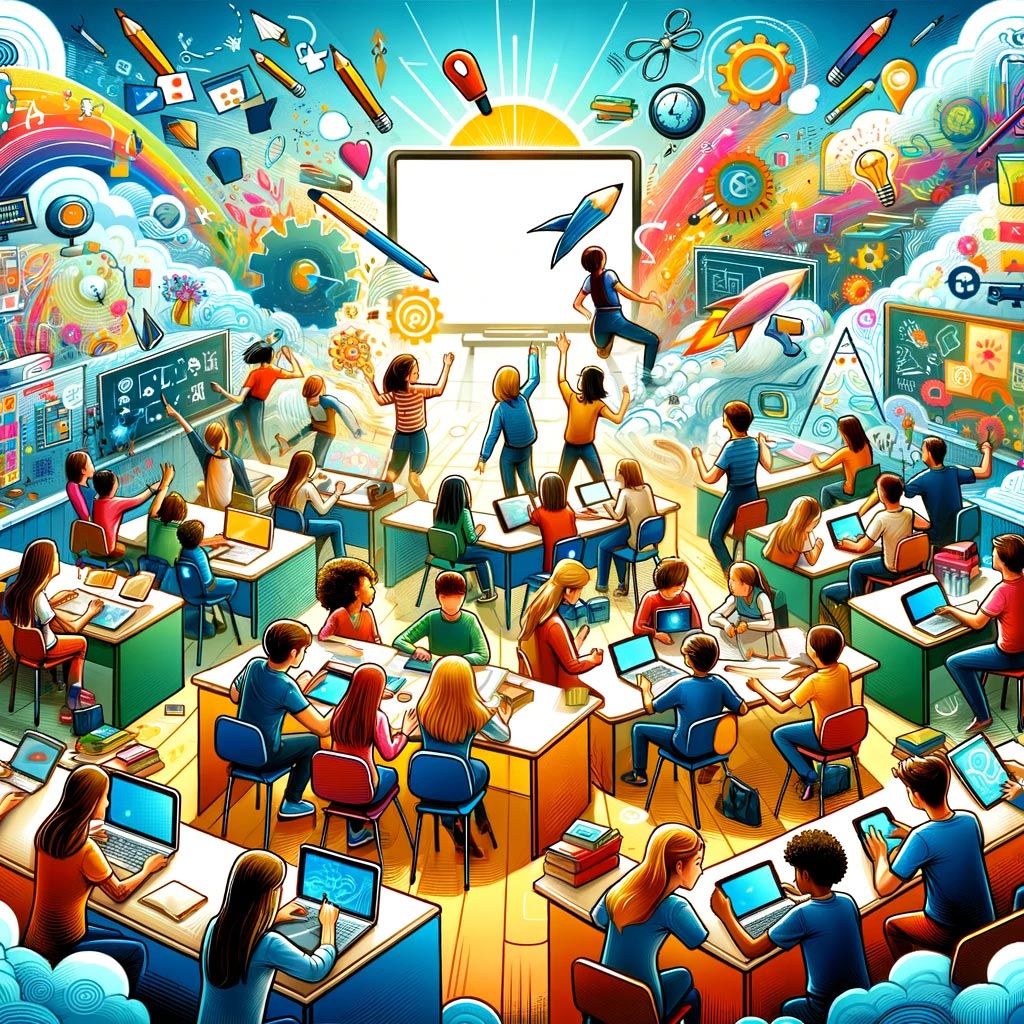
In the dynamic realm of education, interactive teaching styles have emerged as a transformative force, challenging traditional pedagogical approaches and reshaping classroom engagement. By foregrounding student participation, collaborative learning, and the practical application of theoretical knowledge, these innovative teaching methodologies foster an educational environment that is more engaging, effective, and aligned with the demands of the 21st-century world.
Theoretical Underpinnings
Interactive teaching is anchored in constructivist theory, which posits that learners construct knowledge through experiences and interactions with their environment. This perspective suggests that effective learning occurs when students actively engage with content, peers, and educators in meaningful ways. Vygotsky's concept of the "Zone of Proximal Development" further supports interactive teaching, emphasizing the role of social interaction in cognitive development.
Constructivism and Social Learning
-
Constructivist Learning: Encourages students to build upon their existing knowledge through exploration and problem-solving.
-
Social Learning: Highlights the importance of collaborative learning and the social context in the educational process.
Benefits of Interactive Teaching
Adopting interactive teaching styles yields numerous benefits, fundamentally enhancing the quality of education and student outcomes.
Enhanced Engagement and Motivation
Interactive methods transform passive learning environments into active spaces where students are deeply engaged, fostering a sense of curiosity and intrinsic motivation toward learning.
Improved Critical Thinking and Problem-Solving Skills
Interactive teaching styles involve students in discussions, debates, and collaborative projects, promoting the development of critical thinking and problem-solving skills and preparing them for complex real-world challenges.
Personalized Learning Experiences
Interactive teaching accommodates diverse learning styles and paces, offering personalized pathways to understanding and mastery of subject matter.
Implementing Interactive Teaching Strategies
Transitioning to interactive teaching requires a blend of creativity, flexibility, and strategic planning. Below are key strategies that educators can adopt:
Flipped Classroom
This model inverts traditional classroom dynamics, delivering instructional content outside class (e.g., through video lectures) and dedicating classroom time to interactive, applied learning activities.
Project-Based Learning (PBL)
PBL immerses students in real-world challenges, requiring them to apply interdisciplinary knowledge and skills to develop solutions. This fosters a deep engagement with the subject matter.
Collaborative Learning
Group activities and peer-to-peer teaching facilitate social learning and enhance communication skills and teamwork.
Technology-Enhanced Learning
Digital tools and platforms offer myriad opportunities for interactive learning, from virtual simulations to online discussion forums, enriching the educational experience.
Overcoming Challenges
Despite its advantages, interactive teaching faces several challenges. Addressing these effectively is crucial for successful implementation.
Time and Resource Constraints
Developing interactive content and managing active learning environments can be time-consuming and resource-intensive. Solutions include leveraging technology to streamline lesson planning and adopting a phased approach to implementing interactive elements.
Classroom Management
Active learning can sometimes lead to noisy, chaotic classrooms. Establishing clear guidelines and engaging students in setting classroom norms can mitigate potential disruptions.
Diverse Student Needs
Tailoring learning experiences to meet diverse needs is challenging. Differentiated instruction and flexible grouping strategies can meet all students' learning needs.
Reflective Insights from Educators
Educators who have embraced interactive teaching often report significant improvements in student engagement and learning outcomes. Many highlight the joy of witnessing students take ownership of their learning journey, demonstrating increased confidence, curiosity, and collaboration skills. However, they also emphasize the importance of continuous learning and adaptation, as interactive teaching is not a one-size-fits-all solution but a dynamic, evolving approach.
The Future of Interactive Teaching
As educational research continues to evolve, the role of interactive teaching in shaping future educational paradigms becomes increasingly significant. With technological advances and a growing understanding of learning sciences, educators have more tools than ever to create engaging, effective, and transformative learning experiences.
Conclusion
Interactive teaching styles represent a profound shift in educational philosophy, moving away from teacher-centered instruction towards a more collaborative, student-centered learning environment. This approach enhances academic performance and equips students with the critical skills necessary for lifelong learning and success in the 21st century. As the educational landscape changes, embracing interactive teaching methods will foster resilience, creativity, and innovation among the next generation of learners.
Education




